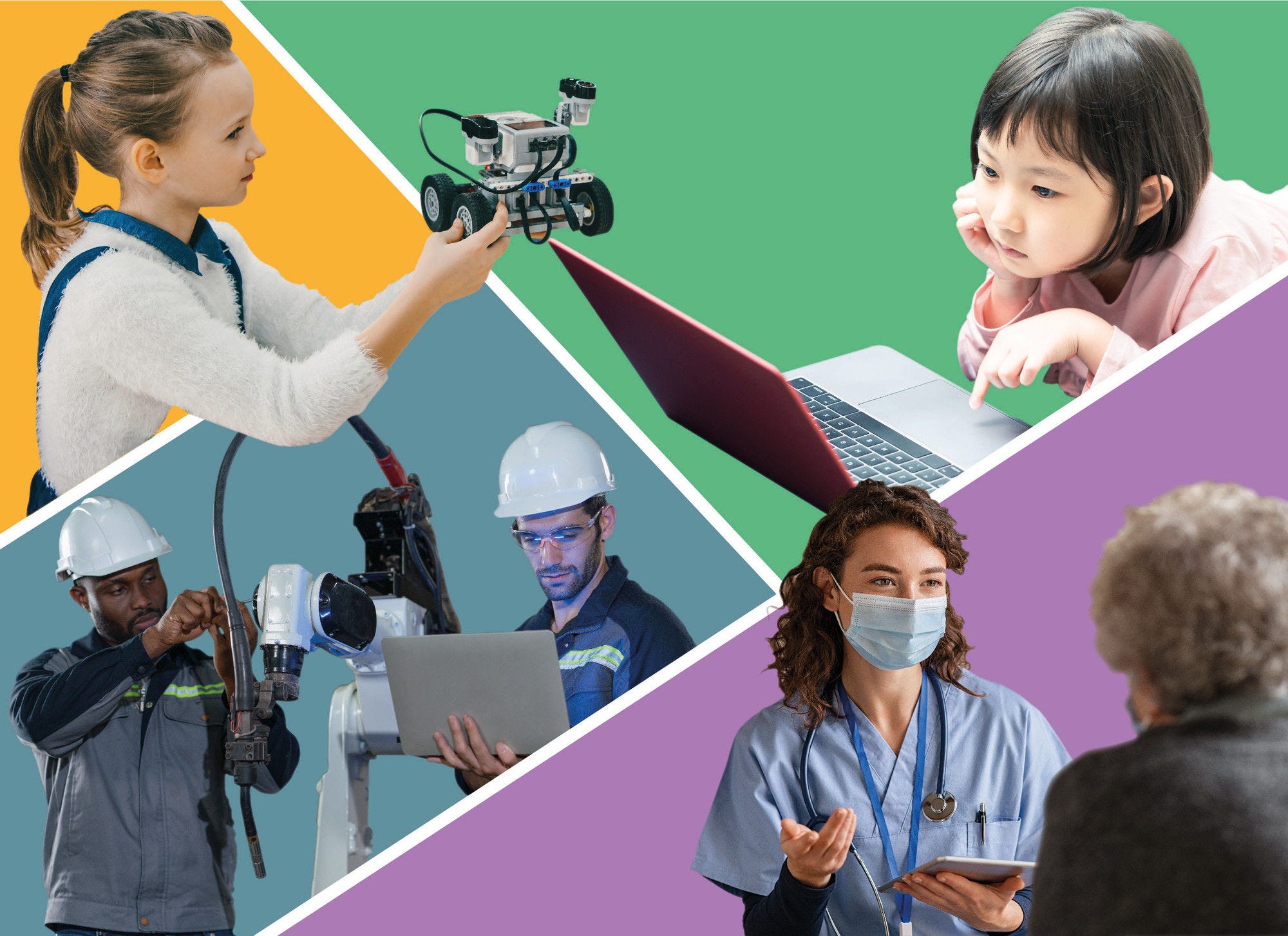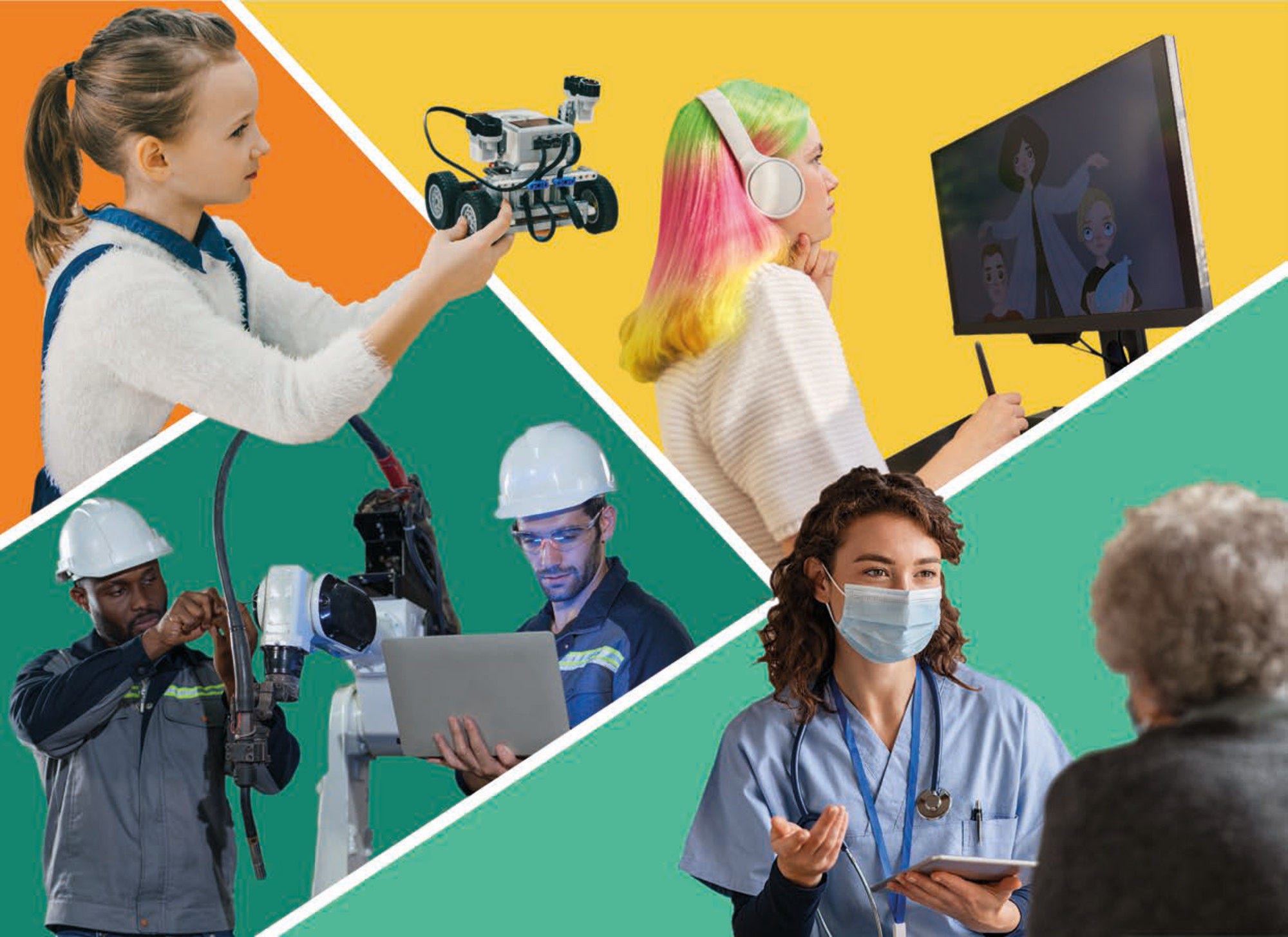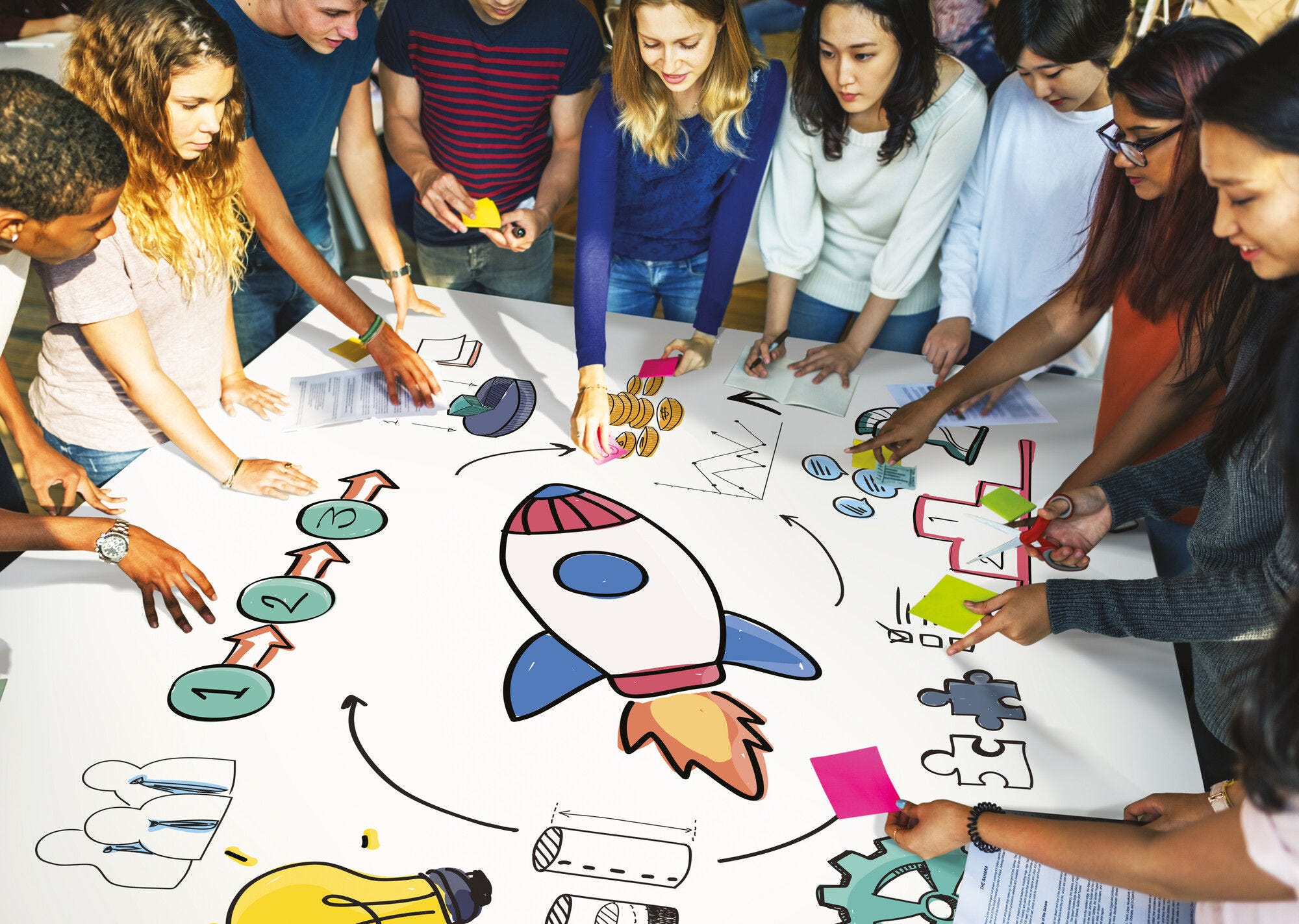Measuring innovation in education and understanding how it works is essential to improve the quality of the education sector. Monitoring systematically how pedagogical practices evolve would considerably increase the international education knowledge base. We need to examine whether, and how, practices are changing within classrooms and educational organisations and how students use learning resources. We should know much more about how teachers change their professional development practices, how schools change their ways to relate to parents, and, more generally, to what extent change and innovation are linked to better educational outcomes. This would help policy makers to better target interventions and resources, and get quick feedback on whether reforms do change educational practices as expected. This would enable us to better understand the role of innovation in education.
This new edition of Measuring Innovation in Education examines what has (or has not) changed for students over the past decade in OECD education systems. It reviews no fewer than 150 educational practices. The report casts light on systemic innovation in primary and secondary education, with a focus on pedagogical innovation. Has the use of technology spread? Have assessments become more important in pedagogical practices? Are students given more agency in their learning? Are they still asked to memorise facts and procedures? Do teachers increasingly engage students in peer learning activities? These are some of the questions this book seeks to answer. This report also presents some preliminary findings about the links between innovation and educational performance.
This book will offer precious insights to policy makers, the education community and all those who seek to understand how educational practices are evolving.
Measuring Innovation in Education 2019

Abstract
Executive Summary
How we measure innovation in education
The understanding of innovation and ability to measure it is essential to the improvement of education. Monitoring systematically whether, and how, practices are changing within classrooms and educational organisations, how teachers develop professionally and use learning resources, how schools communicate with their communities, and to what extent change and innovation are linked to better educational outcomes would provide a substantial increase in the international education knowledge base. Policy makers would be able to better target interventions and resources, get quick feedback on whether reforms changed educational practices as expected, and we would better understand the conditions for and impact of innovation in education.
In accordance with international practice, we start with the definition of innovation as “a new or improved product or process (or combination thereof) that differs significantly from the unit’s previous products or processes and that has been made available to potential users (product) or brought into use by the unit (process)”.
Educational organisations (e.g. schools, universities, training centres, education publishers) have product innovation when they introduce new or improved products and services, such as new syllabi, textbooks or educational resources, but they more commonly have business process innovation when they introduce (1) new or significantly changed processes for delivering their services, such as new pedagogies or new mixes of pedagogies, including e-learning services, (2) new ways of organising their activities, for example by changing how teacher work together, how they group students and manage other aspects of their learning, and (3) new marketing and external relations techniques, such as differential pricing of postgraduate courses, new forms of communication with students and parents.
In this book, innovation is defined and measured at the system level as a significant change in selected key educational practices. The publication examines change in 139 educational practices in primary and secondary education covered in international databases as they were found critical to understand educational improvement. Our indicators tell us whether some practices have gained or lost ground within a system – in the literal sense that more or less students have been exposed to them in the past decade. Should they be significant in magnitude, the spread or contraction of a practice corresponds to a systemic innovation for a given education system and its students.
What has changed in the past decade
On average there has been a moderate level of innovation in educational practices in primary and secondary education in the OECD area. Students within an average OECD education system have experienced a different mix of teaching and learning practices compared to their 10-year older peers, even though the change has not been dramatic.
Pedagogical innovation – the main focus of the book – has been moderate at the system level. The largest innovation lay in independent knowledge acquisition and homework practices, followed by both rote learning and active learning practices. More students have used computers during their lessons to look up for ideas and information and also experienced more systematic discussion of their homework during class.
While innovation in educational practices is not necessarily related to technology, innovation in the availability of computers and in the use of information and communication technology (ICT) in student’s school work have actually been important drivers of change over the past decade. More students have used technology in class or for their school work. In almost all countries though, students have experienced decreases in the availability of desktop computers and tablets for use in their lessons – event though this availability remained high.
One of the most remarkable innovations for students lay in how their teachers developed their professional knowledge. The share of students taught by teachers who took part in peer learning increased considerably in the past decade, while those taught by teachers who attended a formal teacher training in the past two years remained stable. Given the importance of peer learning for professional development, this is good news. In some countries, a strong increase in peer learning seems to have been accompanied by a strong decrease in formal teacher training – an innovation which is more difficult to assess as such.
Innovation is not an end in itself: it should improve some educational outcome. The specific or mix of innovations that lead to improvement remains an open question. Innovation can have a differentiated impact on different educational goals: students’ learning outcomes (measured through tests), students’ engagement, equity, cost-efficiency, teachers’ work wellbeing, etc. At this stage of our measurement effort, linking innovation intensity to educational outcomes at the international level allows one to start a discussion and make more elaborate assumptions about the role of innovation in education’s improvement process. On average, countries that have changed their pedagogical practices the most have also had improved students’ academic outcomes (the only exception being in maths in secondary education). Countries that have innovated the most over the past decade tend to also have experienced increases in their student satisfaction and enjoyment in school. There was no consistent association with the reduction of educational inequity across disciplines and levels. Innovation was also on average positively associated with teachers’ collective self-efficacy within their school and with their collective ambition of their students. Given the types of pedagogical activities reviewed, which can largely be implemented at no or little cost, it is perhaps not surprising to find little association between innovation and systems’ expenditures per student.
Next steps
Measures of innovation in education still need to diversify, improve and become more targeted. New approaches to measuring innovation in education should be explored. Two promising ways ahead lie in the exploration of other data sources than those that have been used so far and in the development of dedicated survey instruments to measure innovation efforts at all levels of education.












